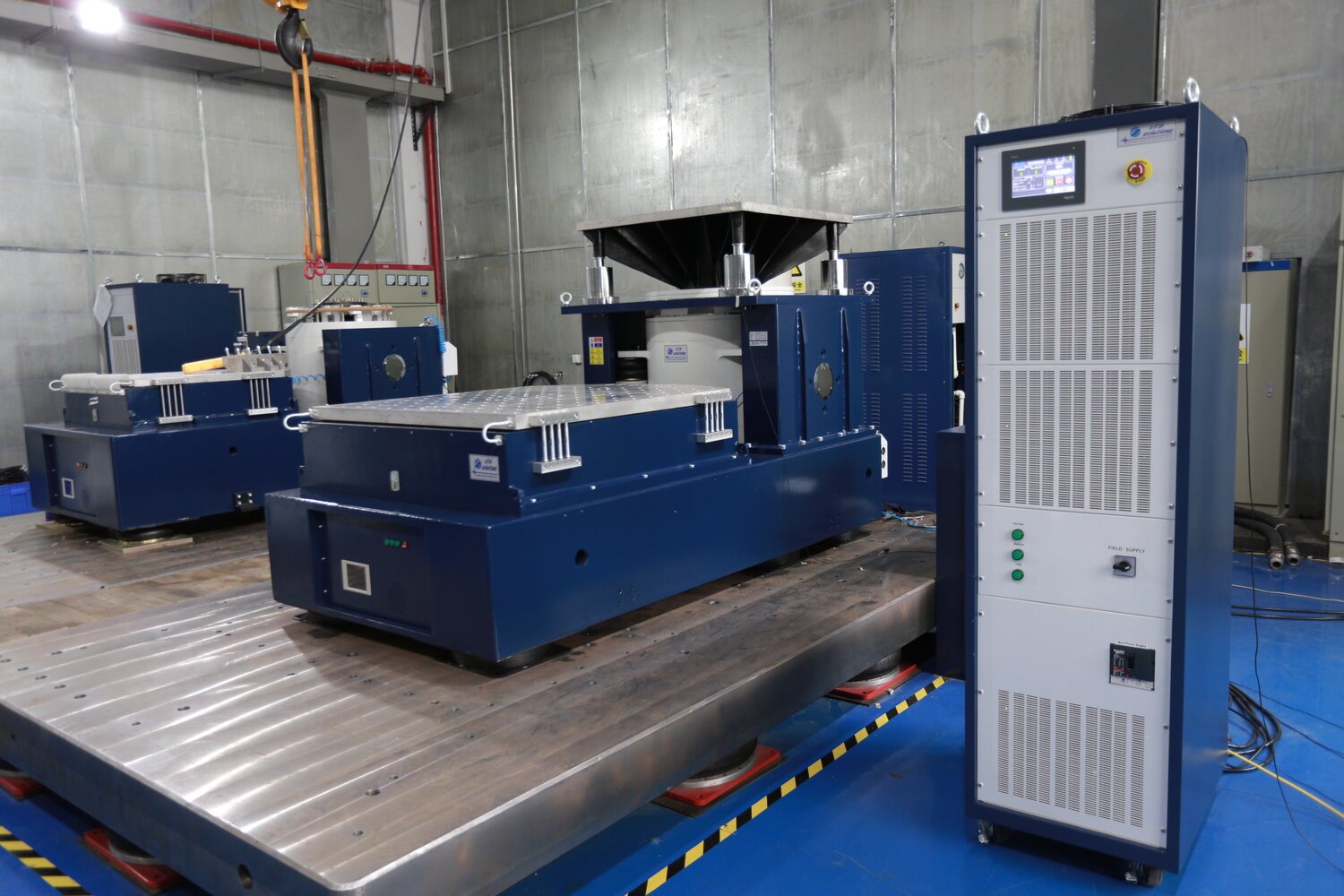Ensuring a Silent Holiday: A Guide to Caring for Your Vibration Shaker
If you're heading off for a well-deserved holiday break, make sure your vibration shaker is not left out in the cold. Our comprehensive guide provides essential tips to safeguard your equipment during your absence, ensuring a seamless return to work. From a detailed inspection to practical steps for storage, we've got you covered. Read more to discover how a little pre-holiday care can go a long way in preserving the longevity and efficiency of your vibration shaker.
Experimental Characterization and Simulation of Vibration Environmental Test
This article covers the basics of vibration environmental testing, including the different types of vibration simulation methods, test equipment and instrumentation, test procedures, vibration measurement techniques, data acquisition and analysis, and test standards and guidelines. It also discusses the applications of vibration environmental testing in various industries and future trends in the field, such as emerging technologies, integration of test and simulation, and use of artificial intelligence and machine learning. By understanding the fundamentals of vibration environmental testing and staying up-to-date on the latest trends and technologies, manufacturers and engineers can ensure that their products are reliable, durable, and high-performing in a variety of real-world environments.
Why Do We Need to Perform Vibration Test?
If the prototype cost of our product is relatively small or if development time of our product does not really matter, due to no competition, then we may consider the vibration testing is not really relevant. But if our product is part of vital system in automotive where development time is getting shorter and crucial, or part of vital system in aerospace where prototype cost is relatively expensive and where safety has become very big issue, then having a vibration testing system may be considered as vital investment.
End-To-End Durability for Automotive
The Siemens Industry Software Simcenter engineers put the end-to-end durability solution to the test on the rough tracks of a German proving ground. The outcome is a step-by-step account of a test campaign that demonstrates the effectiveness of the solution. The story starts with a small but punchy electric sports vehicle that grew into a test vehicle for a condensed but complete durability measurement campaign.
How Do You Measure a Vibration Test?
Vibration testing is a key part of quality control for many products. It helps ensure that products can withstand the rigors of shipping and handling, as well as everyday use. There are many different ways to measure vibration, but the most important thing is to choose a method that will give you accurate results.
What Is The Use Of Vibration Testing Equipment?
Vibration testing equipment is used to test the response of materials and structures to vibration. It is an essential tool for engineers to understand the behavior of materials and structures under vibrational loading. Vibration testing equipment can be used to test a wide range of materials, including metals, plastics, composites, and even human tissue.
What’s a Shock Response Spectrum?
Welcome to the blog section for "What's a Shock Response Spectrum?". In this section, we'll provide an introduction to the topic, as well as some definitions of key terms. We hope you find this information helpful in understanding the main article. A shock response spectrum is a graphical representation of how a system responds to a shock. The x-axis represents the amplitude of the shock, while the y-axis represents the resulting response of the system. The response can be in terms of displacement, velocity, or acceleration.
5 Things to Know About Sine, Random, and Shock
For those new to vibration testing, the vast knowledge on the subject can be overwhelming. Some basic information to get you started can go a long way, which is why we’ve outlined five things you should know about the basic vibration tests: sine, random, and shock.
Overtone Comparison with ObserVIEW
Instruments produce musical tones through a variety of means. For woodwinds, air is blown into a vibrating column that comprises the body of the instrument. Instrumentalists can adjust the column’s length to adjust the fundamental frequency of the vibration. Guitars, pianos, and string instruments are similar in that they have strings pulled taut between two fixed locations. The string is excited and oscillates in a stable pattern at its fundamental frequency.
Reactive Engineering, Countering Durability Issue at the Later Stage of Product Development
Many industries are still running "trial and error" to find solutions to vibration/durability issues during prototype testing. This option may be taken due to a few reasons. Running a more systematic approach to finding solutions to vibration/durability issues may need some investment in terms of hardware, software, and also infrastructure.









